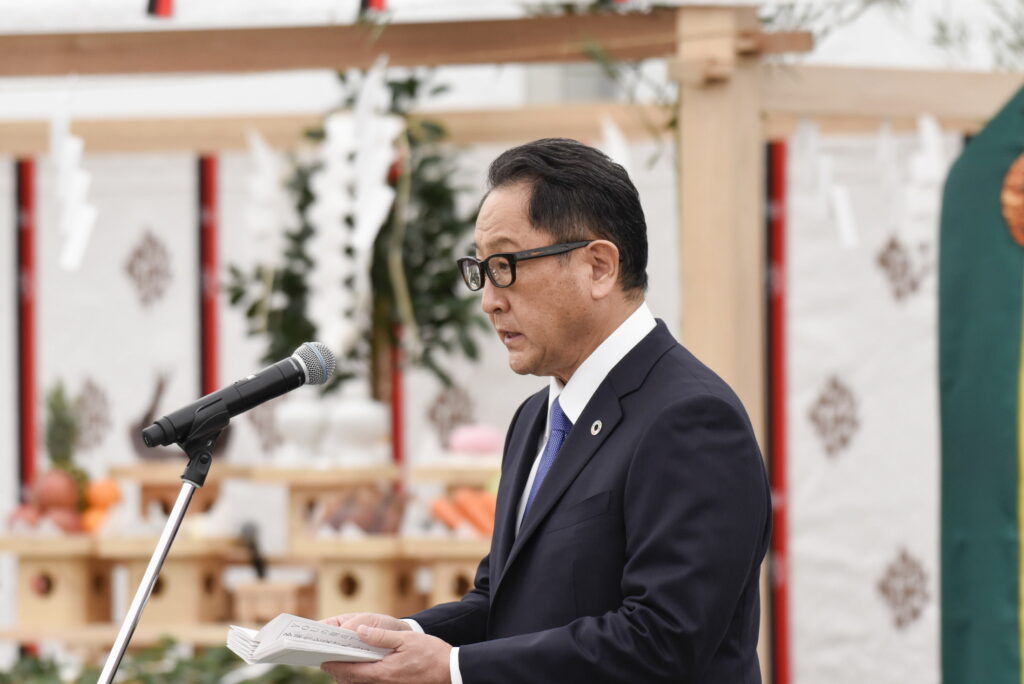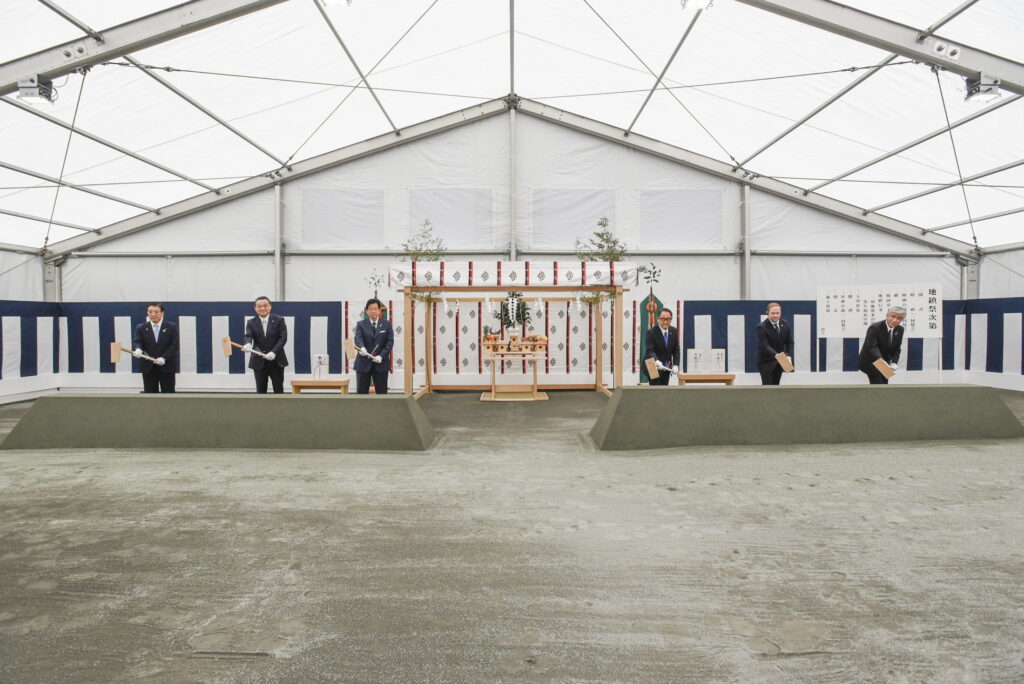A few years ago, it seemed like all of the world’s major automakers wanted to run more like the startups that were disrupting the industry. Among them, Toyota launched Woven Planet, a software subsidiary with big ambitions of running a green city. However, as the years have passed, and the scale of its ambitions have led to delays, the automaker has grown impatient, and learned that it can’t really run like a startup after all.
Woven Planet was launched in 2021, with Toyota’s CEO, Akio Toyoda, investing $34 million of his own money into the project. Tasked with helping the automaker navigate a “once-in-a-century period of profound change,” it hired an ex-Google tech industry veteran, James Kuffner, to run the project.
Launched as its own company, Woven Planet was given free rein to dream big, as Toyoda admitted that his car company’s size and complexity prevented it from moving as quickly as its new rivals. A recent investigation from the Wall Street Journal explains how the company’s initial promise quickly turned into missed deadlines, and eventually a return to the old ways.
Read: Toyota And Lexus Models To Get Over-The-Air Updates While New Operating System Is Underway

At first, Woven Planet was supposed to make a software platform called Arene, that would offer lots of features and allow vehicles to be updated over the air, much like those from America’s Tesla, or China’s BYD. In addition, Toyota envisioned that the platform could be adopted by other automakers for their own use. The dreams only got loftier from there, as it planned to create the Woven City, a multi-billion project that would found a hydrogen-powered, tech-forward city at the base of Mount Fuji.
Woven Planet was supposed to start rolling out Arene in 2025, but as difficulties mounted, deadlines started being pushed back to 2027. Meanwhile, the scale of the project was making it difficult to keep track of.
Earlier this year, at an all-staff meeting, the employee question that was voted most popular was, “What is Arene?” Kuffner took a brief pause before answering, and after his response, employees said they couldn’t understand why all of the definitive statements he made about the project were in the past tense, as if they were no longer accurate.
Some blame Toyota’s shifting expectations for Woven Planet’s difficulties. However, the automaker’s plans would soon solidify. Rather than big picture dreams, it wanted smaller software solutions that it could put in its cars.
That meant focusing exclusively on designing for Toyota vehicles, rather than turning it into an open-source system for multiple automakers. It also meant creating content for drivers, such as EVs with fake manual transmissions, audio and power curves that mimic other vehicles, and other smaller scale products that Toyota could roll out quickly.
Toyota also brought Woven Planet fully in-house, buying up Toyoda’s shares. Now known as Woven by Toyota, the company still says it has lofty software ambitions, but that it will now release features slowly, rather than all at once.
Toyota has also stacked the board of Woven by Toyota with auto industry veterans, a sign that the company will be run more like a Toyota subsidiary than a startup. It says it hasn’t given up on the Woven Planet’s goals, but that by being more pragmatic, it will now be able to actually turn those goals into reality.





